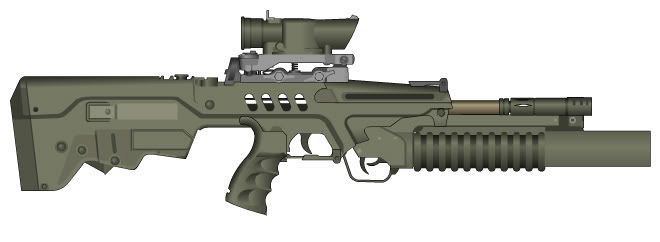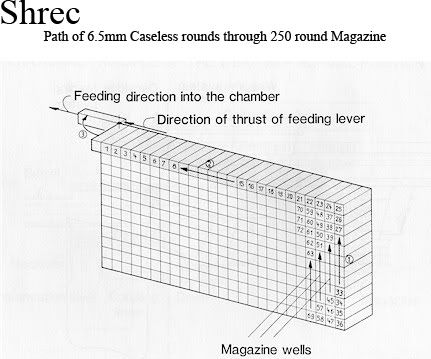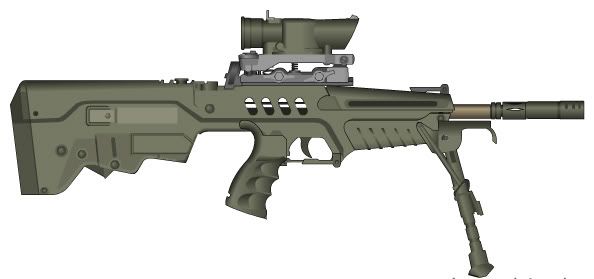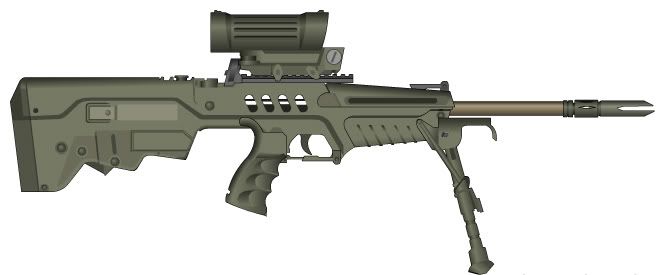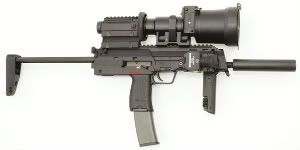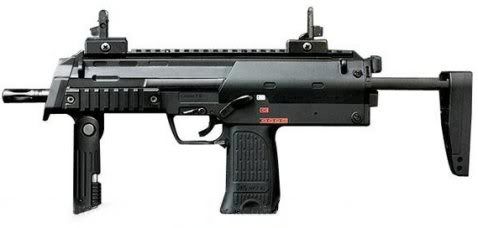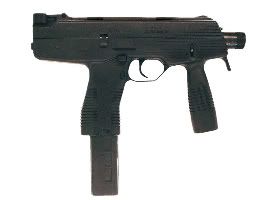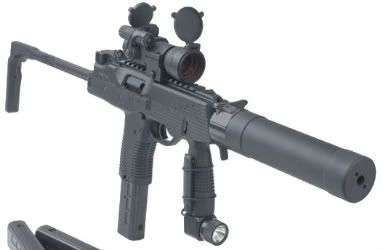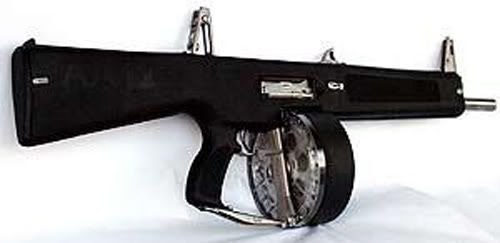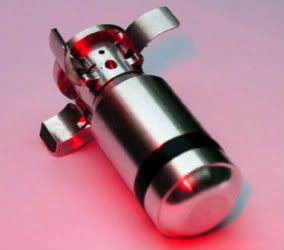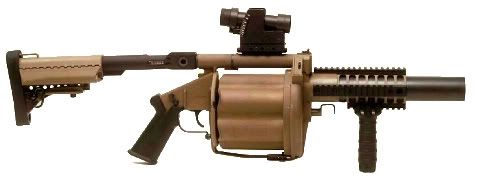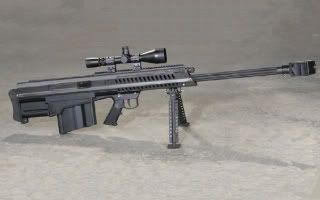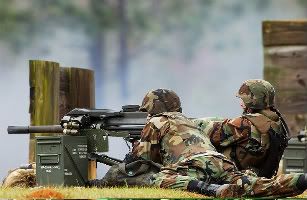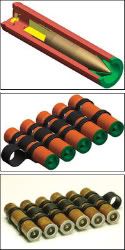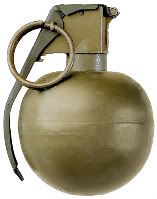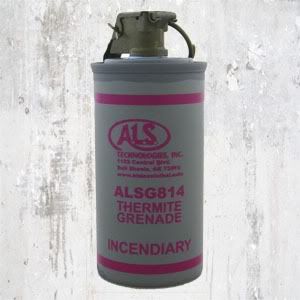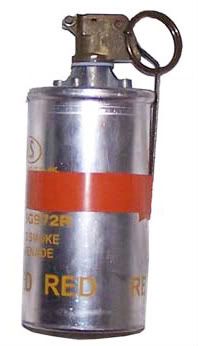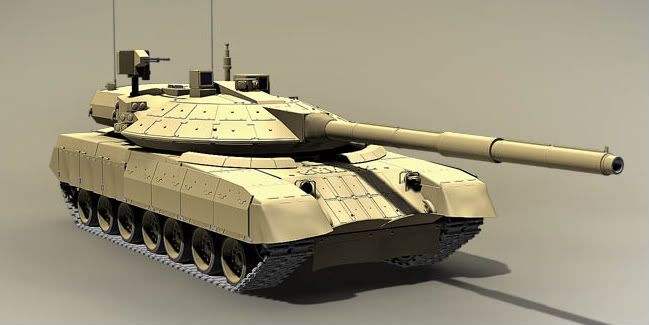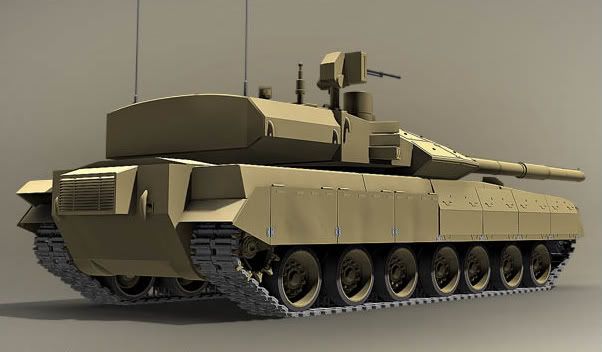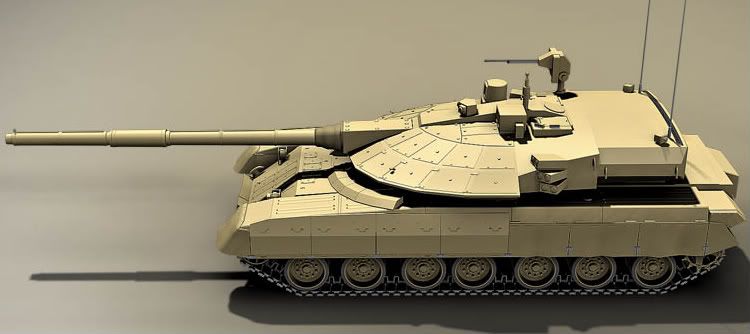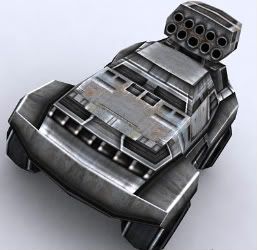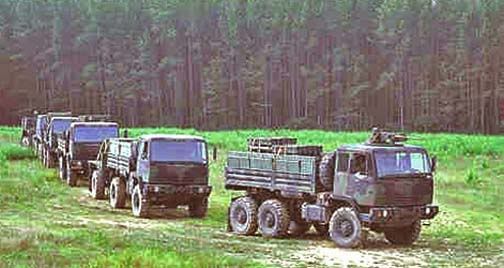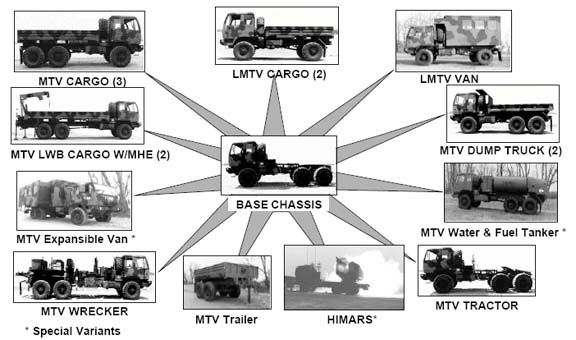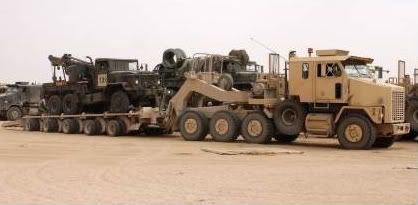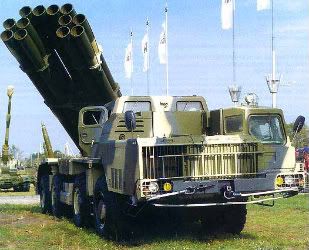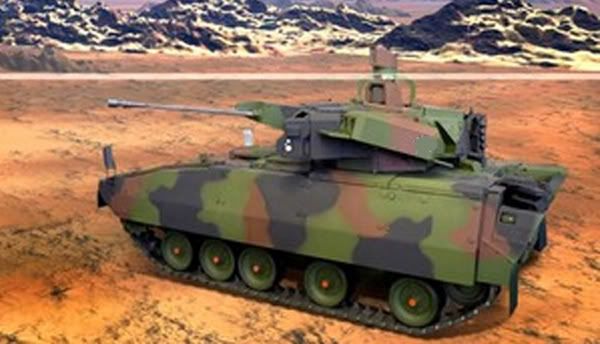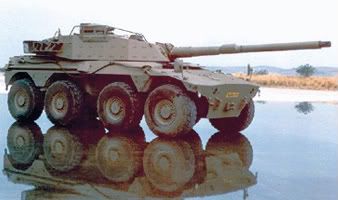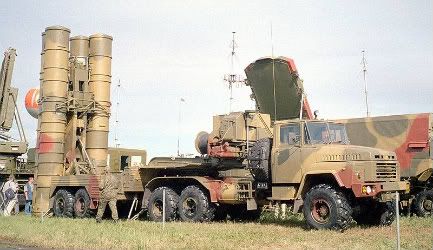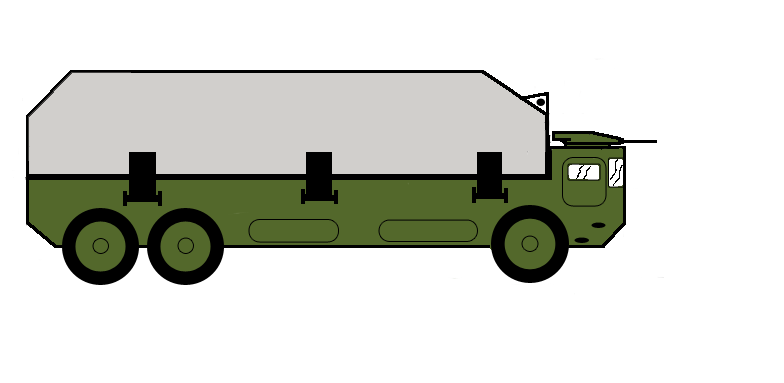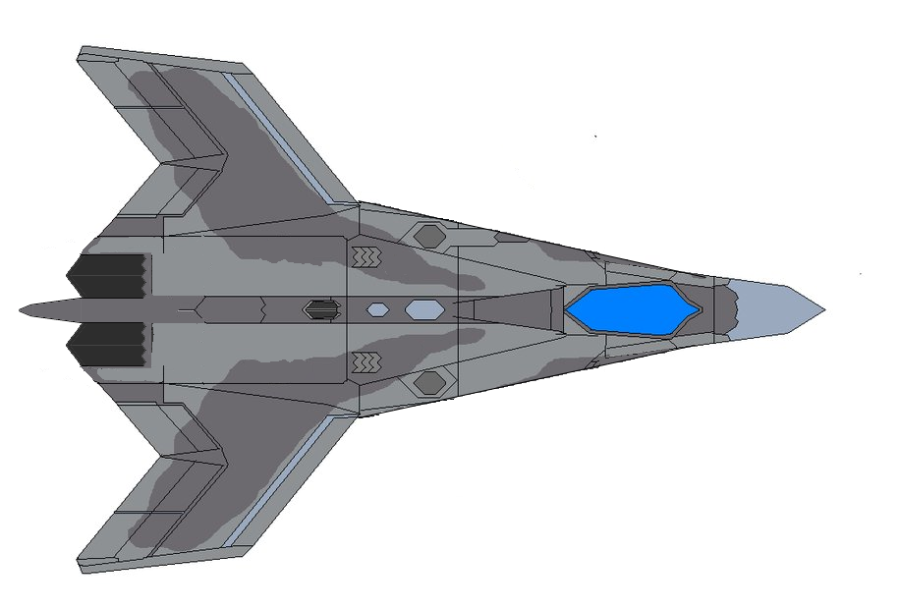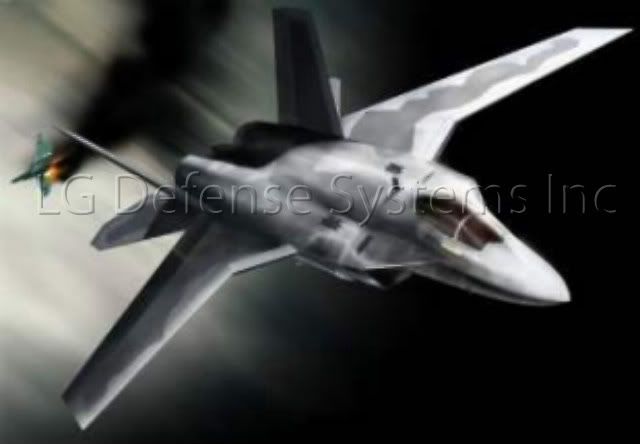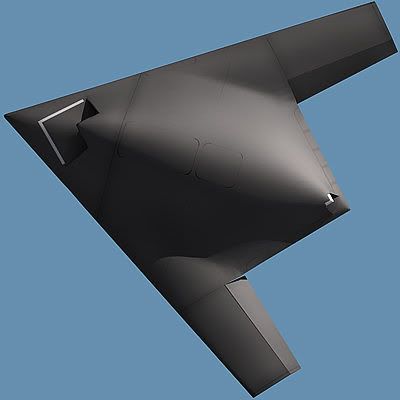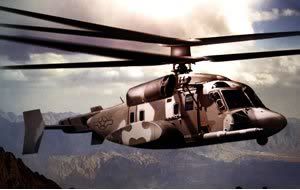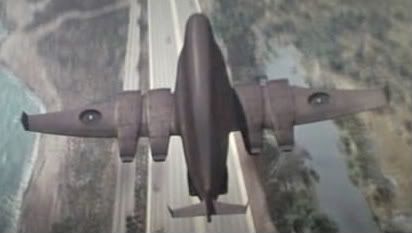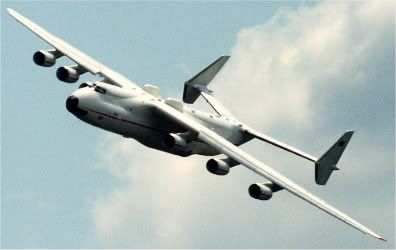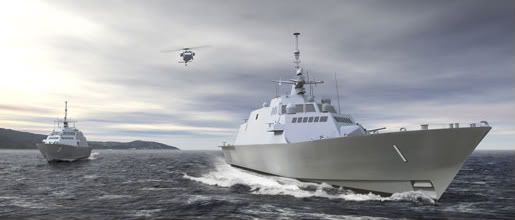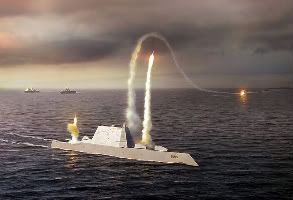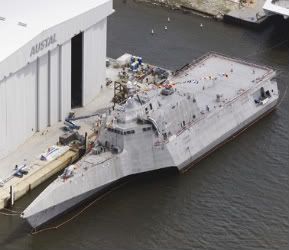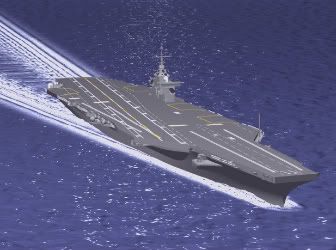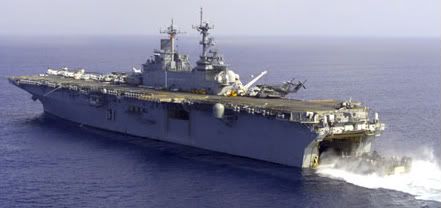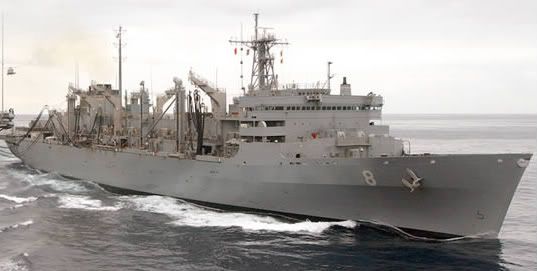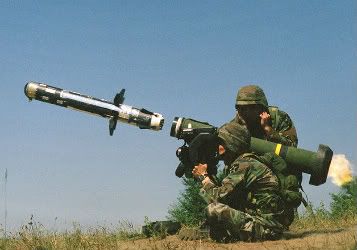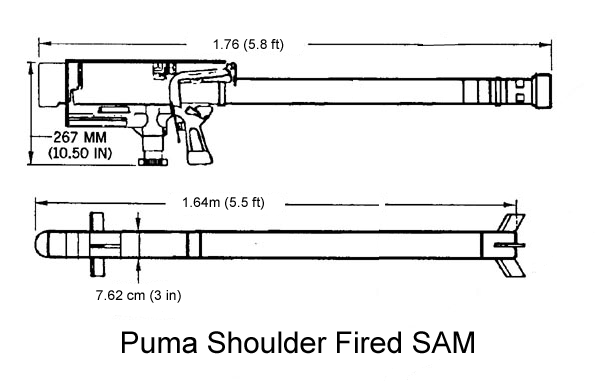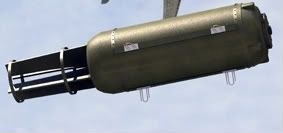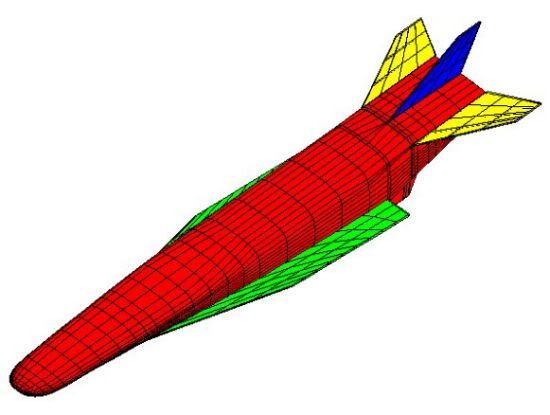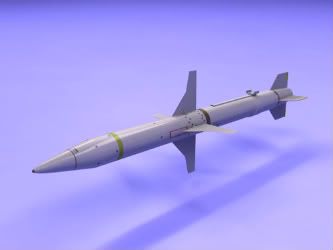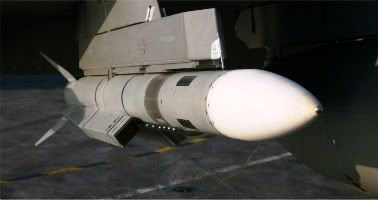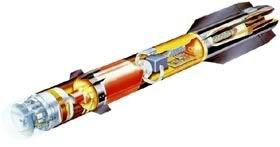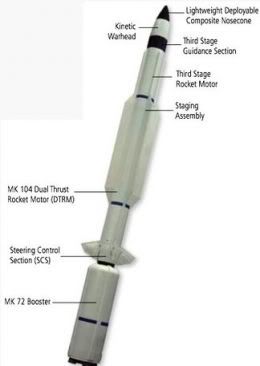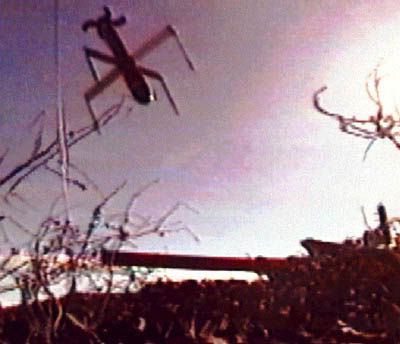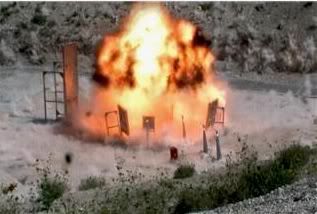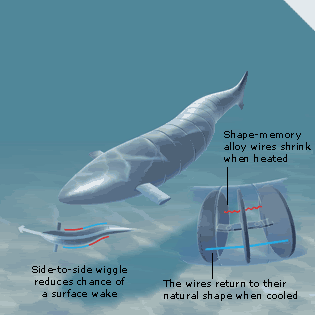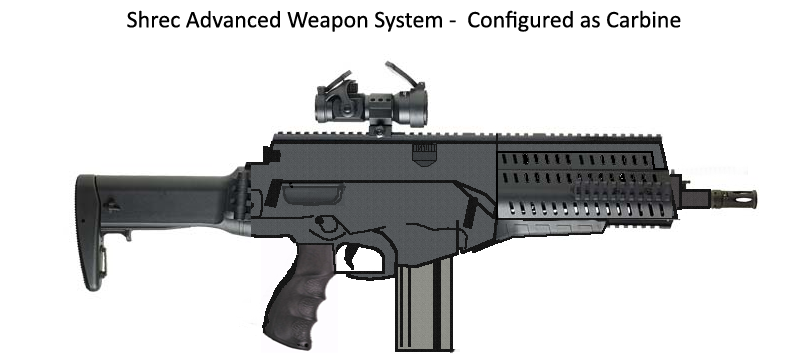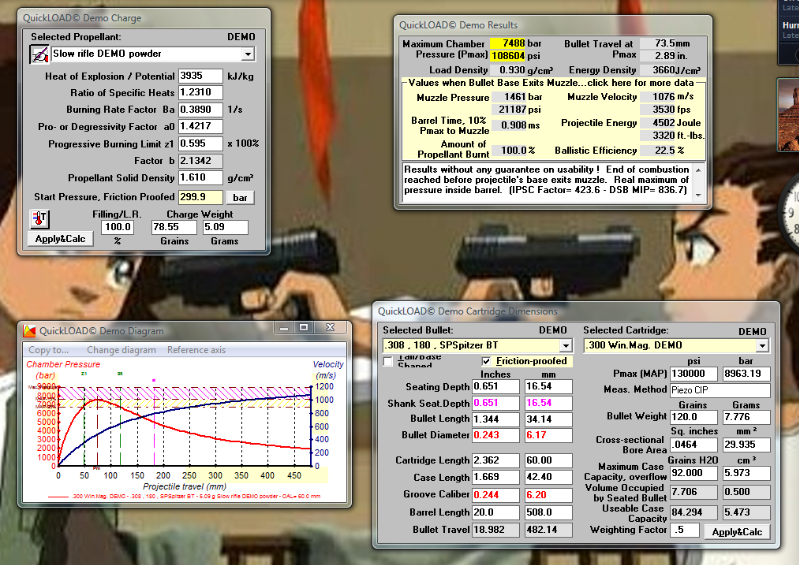
"Opera Non Verba - Deeds Not Words"
LG Defense systems is the international marketing arm of Libertarian Governance arms manufacturers. The Libertarian Governance Arms industry has grown domestically due to the governments requirements for bleeding edge systems. One advantage of dealing with LG Defense Systems is that Libertarian Governance completely lacks arms control legislation or restrictions. The organization is intent on providing the very best real world military technology to its trading partners. LG Defense Systems Inc., is currently screening select designs through V-10's excellent Hightech forums and at times through NSDraftroom. If you do have any insights on any of our systems please contact me by TG.
Discounts Available:
A trade treaty entitles you to a 10% discount on all purchases. If you have a non-aggression pact you will be eligible for an additional 5% discount (15% total) on all purchases. Additionally, with a non-aggression pact LG Defense Systems will provide you a line of credit equal to five times your yearly defense budget. That line of credit has a 10% interest rate and a term up to 10 years. Please notify us if you are eligible for a discount due to treaty.Treaties are available through our Office of Foreign Affairs.
Maximizing Lethality:
We look at Lethality by simply using three factors. Deny the enemy the ability of reconnaissance. Establish and maintain air superiority. Kill the enemy using superior firepower, speed and mobility. This is the doctrine that Libertarian Governance Defense forces operate under and the prime reason why our weapons systems are designed to be superior to all other systems currently available.
Nations Using Our Systems:
Fast Production and Fulfillment:
LG Defense Systems Inc., is able to fulfill contracts fast because of our extremely high manufacturing capabilities. We have developed subsidiary companies in a number of third countries to ensure that we can build your system fast and get it to you fast. No other armament company comes close. Our subsidiaries are:
LG Defense Systems In The News:
- LG Defense Systems signs $46 Trillion NSD deal with The Empire of Spectare." The Fonion Magazine
LG Defense Systems Inc., signs 9.46 Trillion dollar weapons deal" Business.lg
At least 35 Yousefrian ships were sank by Tigershark anti-ship missiles" Voice Of Liberty TV
Jinn II UCAV shoots down three Su-27 Fighters, by itself!" New Rome Centurian Newspaper
Miniature Air Vehicles successful against Joesavi Troops" Hyphae Times Newspaper
Carrier Battle Group Tracks and films stealth aircraft and subs without enemy knowing." Voice of Liberty TV
What Our Customers Say:
"We have crippled a now-defunct slave state using your missiles. Thanks, Libertarians!" District Commander-elect, Militia Corps Shahr-e Kitab, Mediterreania
"Just 1 Valkyrie IDS took out a New Merston airbase. We thank you very much for the weapons." Royalsoldiers High Commander Ranger Hawk
"Thanks to your marvelous armaments we were able to avoid war due to the fact that the enemy was equipped with T-72s and M-60s" The Confederacy of Brostan
"In one surprise attack our military destroyed 44 Cerberii Ships, 220 F-22, 40 Predator UAVs, 45 Alligator Transport Helicopters, 50 Leopard Attack Helicopters and the entire satellite networks of three nations using LG Defense weapons without 1 casualty" Emperor Locutus of Greater Ithera
"The Insect Spy machine, is such a marvel....it can even be controlled by a Cybus Industries Earpod...with the right codes that is. These marvelous little devices helped us track down Thaddus Roth, and capture him....but then he escaped. but the Insect Spy units found his hide-out!"-Torchwood(Cybus1 Intelligence)


